Fashion is Freedom: How Women Have Influenced Fashion for Centuries
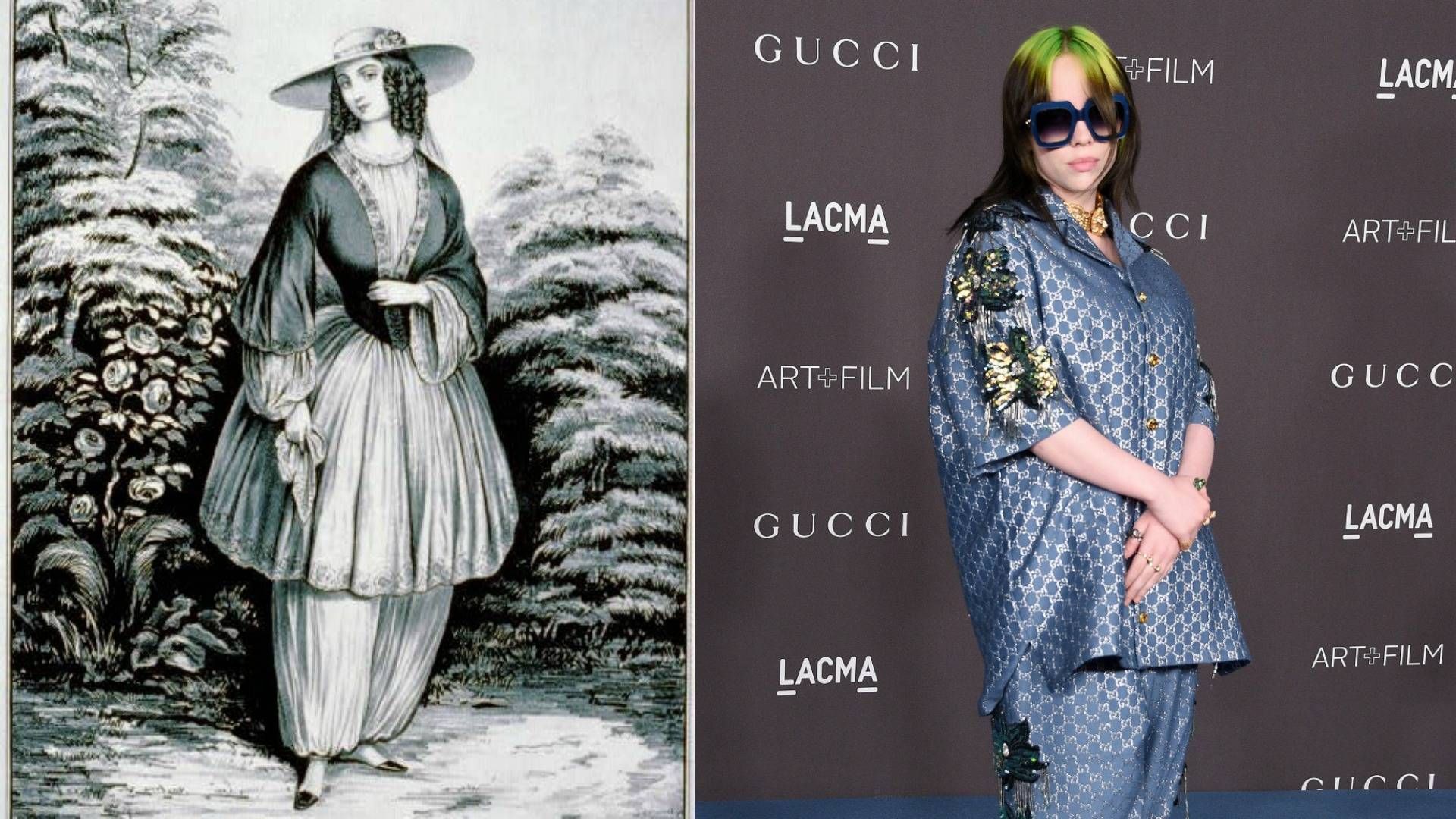
For centuries, women have been shaping the way fashion is seen and accepted in the eyes of society. Because of the women that shaped our past, the women of today can express themselves in ways that never seemed possible. Fashion has always been a symbol of freedom. Even in times when women were told what they could and could not do, somehow fashion was an outlet for change. Paying homage to the women who changed the trajectory of what was acceptable to wear matters and showcases how far we have come in our world today.
In the late 1800s, bicycles were one of the most popular modes of transportation. At first, women were not able to ride bikes because they were “too dangerous.” As new models came out, more women were able to use bicycles for transportation. The use of bicycles gave a new sense of empowerment to women during the suffrage movement. With the privilege of riding bicycles came the limitations of wearing full-length dresses and skirts while riding. That is when Amelia Jenks Bloomer came to the rescue.
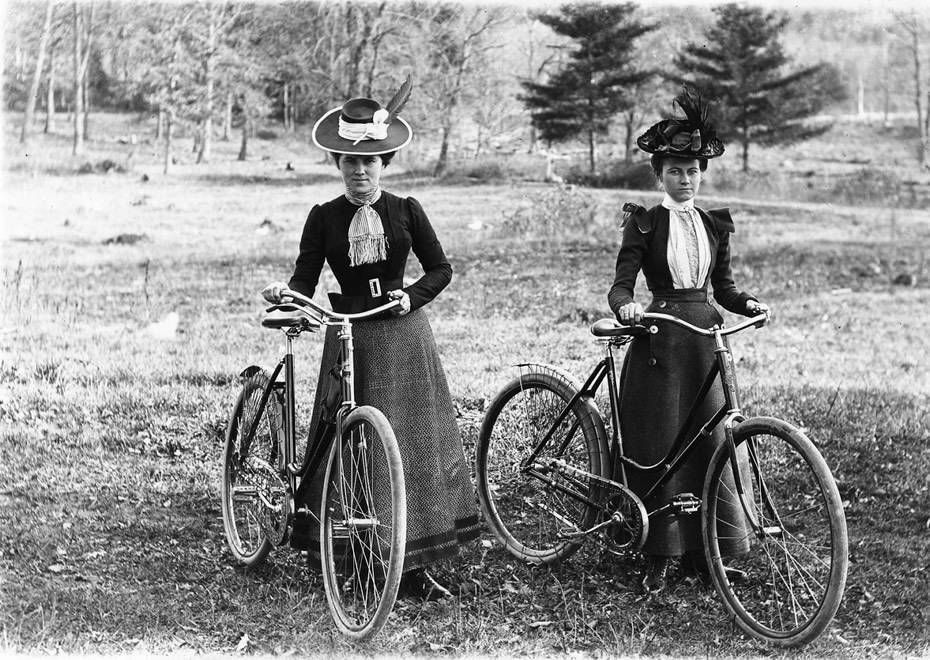
Amelia Jenks Bloomer was a women’s suffragist and the primary advocate for the "bloomers," also known as "Turkish pantaloons." These garments were closely related to pants and were to be worn underneath dresses in the mid 1800s. After Amelia Bloomer passed away in 1894, more women started seeing a need for updated clothing options even though the idea of bloomers was controversial.
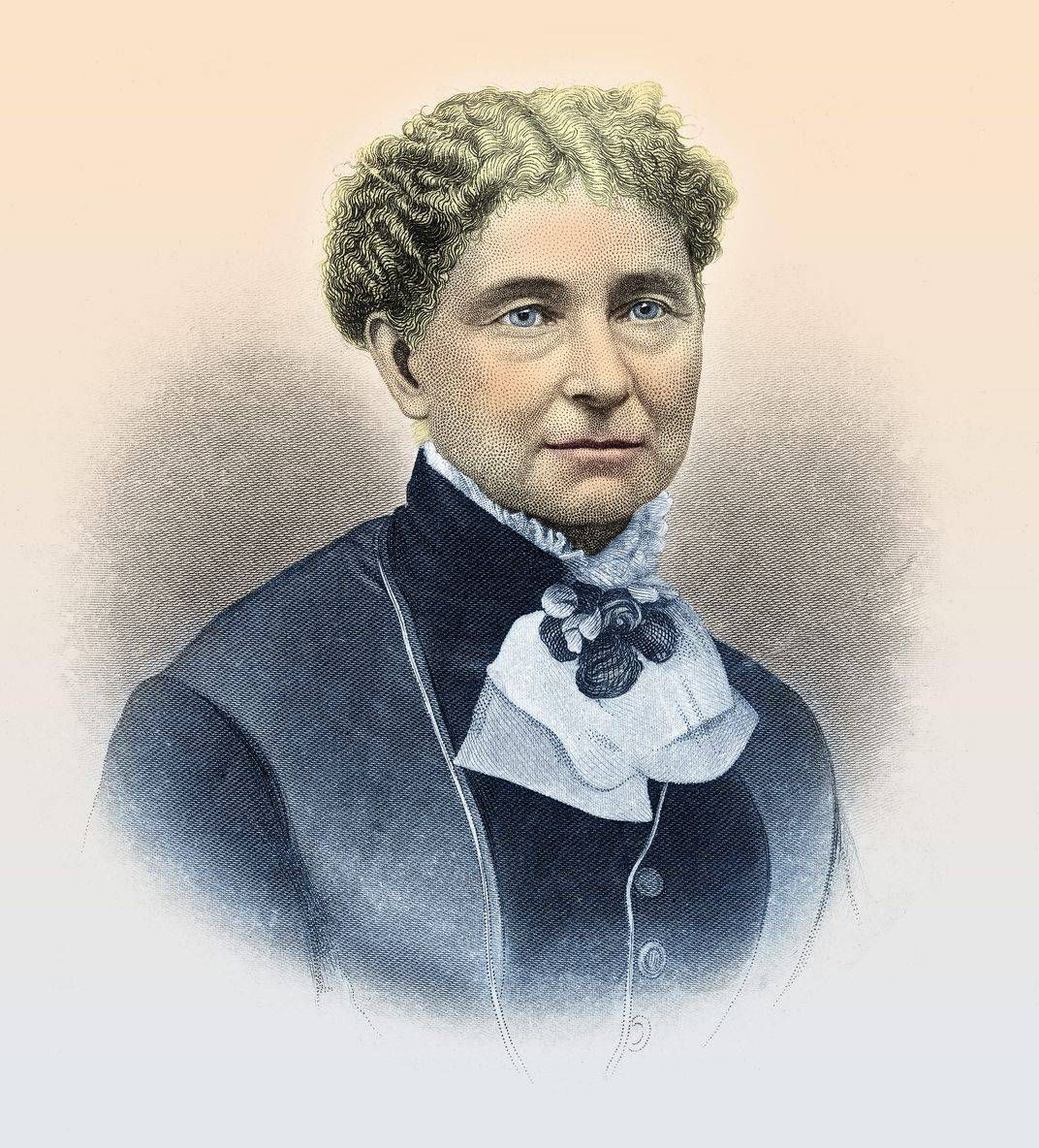
During this same time period, Elizabeth Smith Miller added a knee-length skirt to the Turkish pantaloons outfit instead of a long dress. For centuries, women were not supposed to show any type of leg. Even to show an ankle was highly frowned upon. The freedom of movement of Turkish pantaloons was a huge milestone in women’s dress reform, which was something Miller had been working towards her whole adult life.
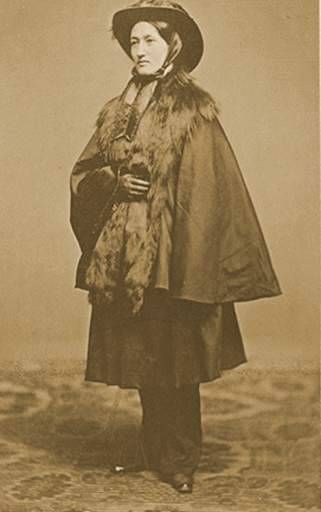
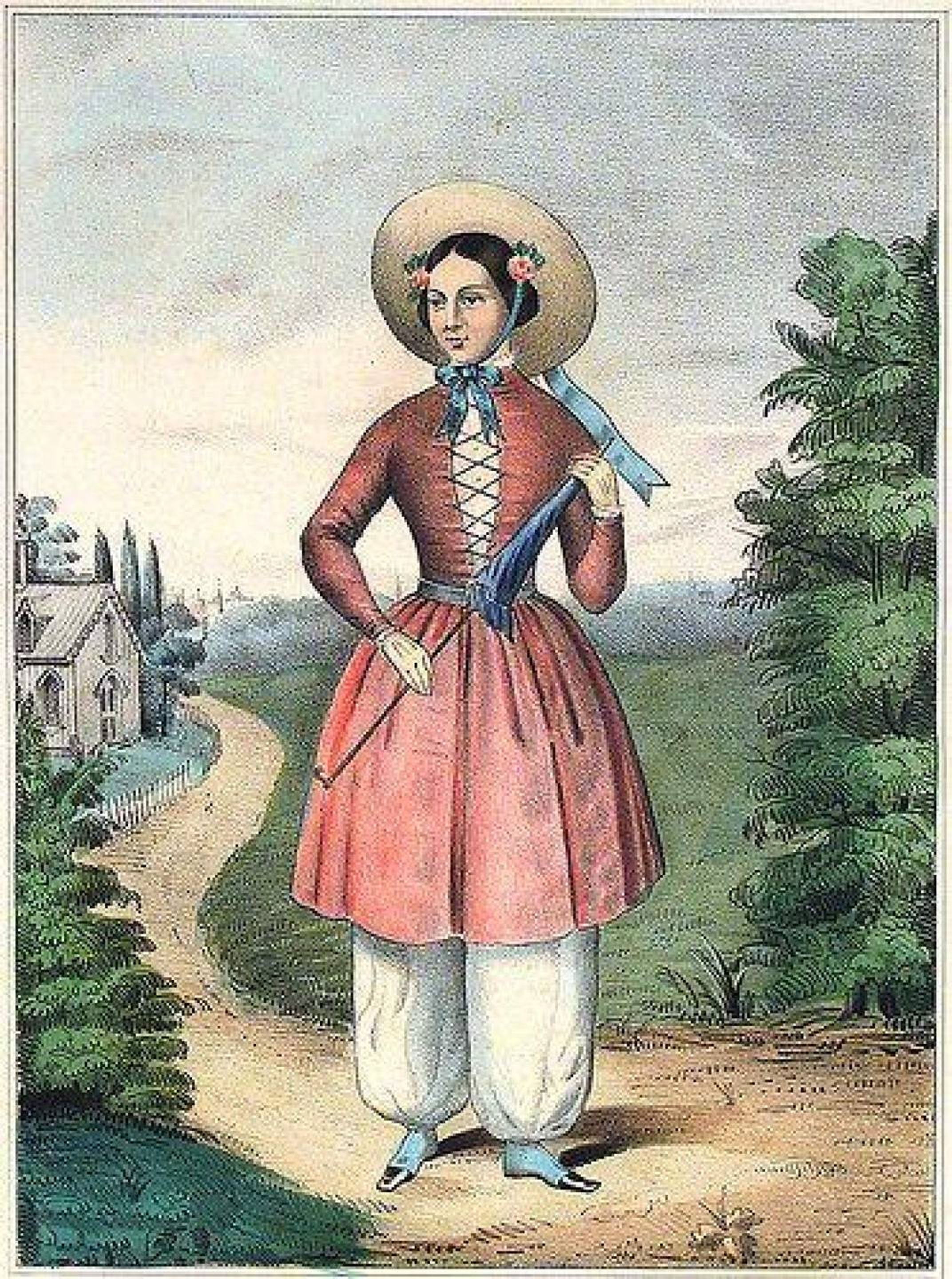
Miller stated in 1885: “While spending many hours at work in the garden, I became so thoroughly disgusted with the long skirt, that the dissatisfaction - the growth of years - suddenly ripened into the decision that this shackle should no longer be endured.”
Another historical fashion influencer was Julia Bullard Nelson from Red Wing, Minn. Nelson is best known for her time spent in Texas teaching freed slaves how to adjust to their lives after the Civil War. She was also extremely passionate about women’s suffrage and spent a good portion of her older adult life focused on the movement. Even though Nelson wasn’t someone who created new styles of dress, she helped advocate for women to have more freedom to wear what they wanted.
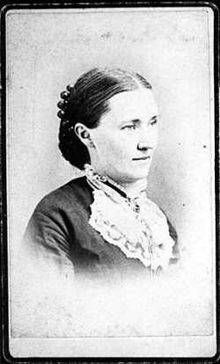
The fight for freedom through fashion choices is not a struggle only found in the stories of women from the distant past but also from our present day as well.
One of the biggest fashion influencers of today is Billie Eilish, who is an 18-year-old, five-time Grammy Award winner. She has encouraged a whole generation of young women to feel comfortable in their own skin because of her fashion choices. In an industry that tends to over-sexualize women, Eilish does the opposite. She wears overly baggy clothes to keep people (men in particular) from being able to over-sexualize her.
Because of women like Julia B. Nelson, Elizabeth Smith Miller and Amelia Bloomer, we now have people like Billie Eillish who continue to speak through clothing choices to influence others. Our fashion choices are freedom, and women who came before us earned for us the freedom we have today.
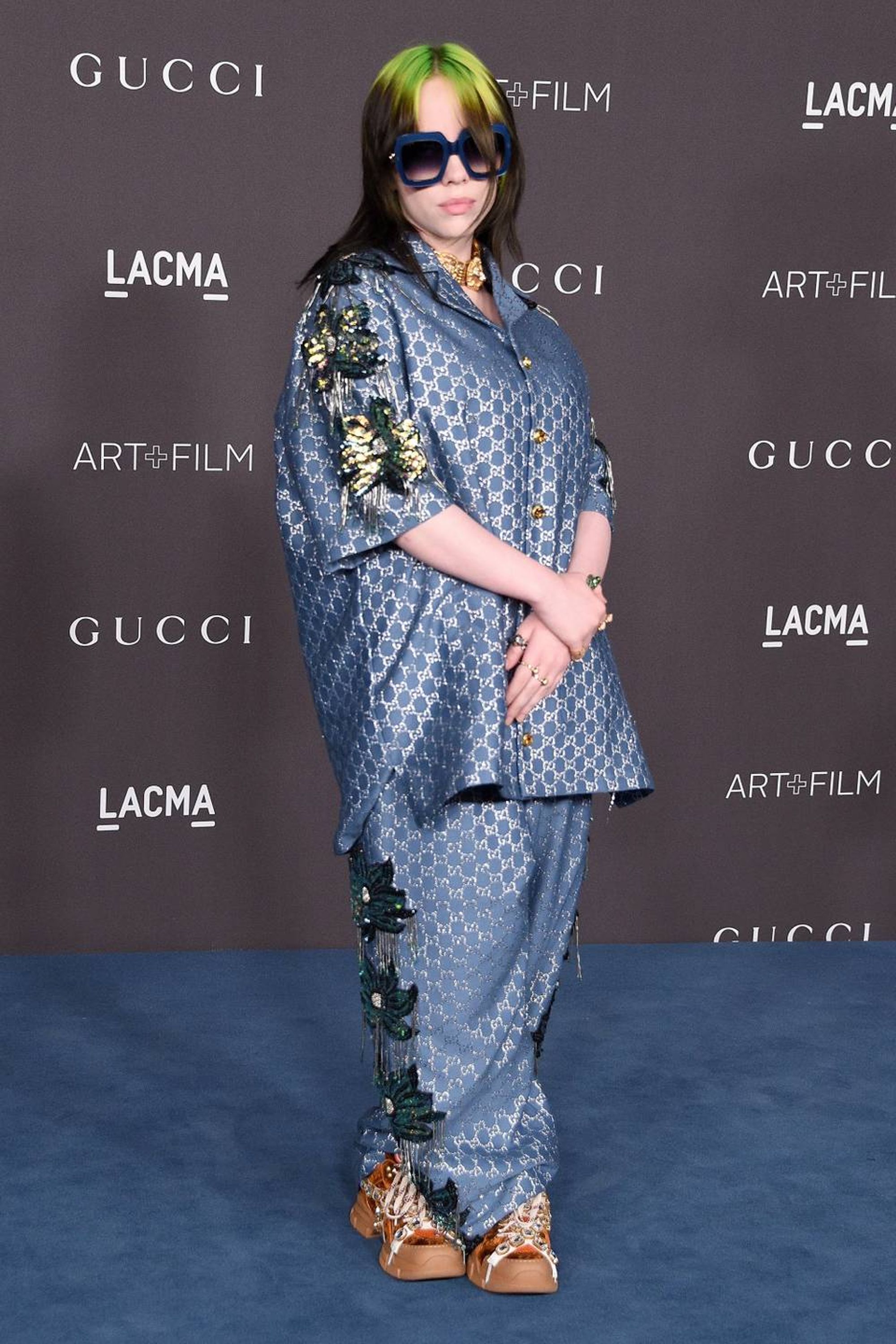
Watch the Minnesota Experience documentary, Citizen, which explores the multigenerational march of Minnesota women and all they hoped would come with the vote.
Editor’s note: This story – and others in the collection, Then & Now: Reflections on Women’s Suffrage – was written by a St. Catherine University student in the Public Relations Writing class held in the spring of 2020. The piece has been minimally edited to preserve the integrity of the student’s perspective. We hope you enjoy discovering what the next generation of writers, historians and activists has to say about the impact of the women’s suffrage movement then and now.

This story is made possible by the Arts and Cultural Heritage Fund and the citizens of Minnesota.
As Minnesotans look for ways to show their support for healthcare workers on the front lines of the COVID-19 pandemic, we took a look back in time to celebrate the contributions that four women – all named Ruth – made to the state’s public health system.
Just 39 words in length, the 19th Amendment to the U.S. Constitution gave women the right to vote when it was passed on June 4, 1919 and enacted on August 26, 1920 – but its passage was fraught with decades of legal challenges and intense demonstrations in which women activists sometimes put their lives directly on the knife’s edge. Explore a timeline contributions of Minnesota women to the passage of the 19th Amendment.
